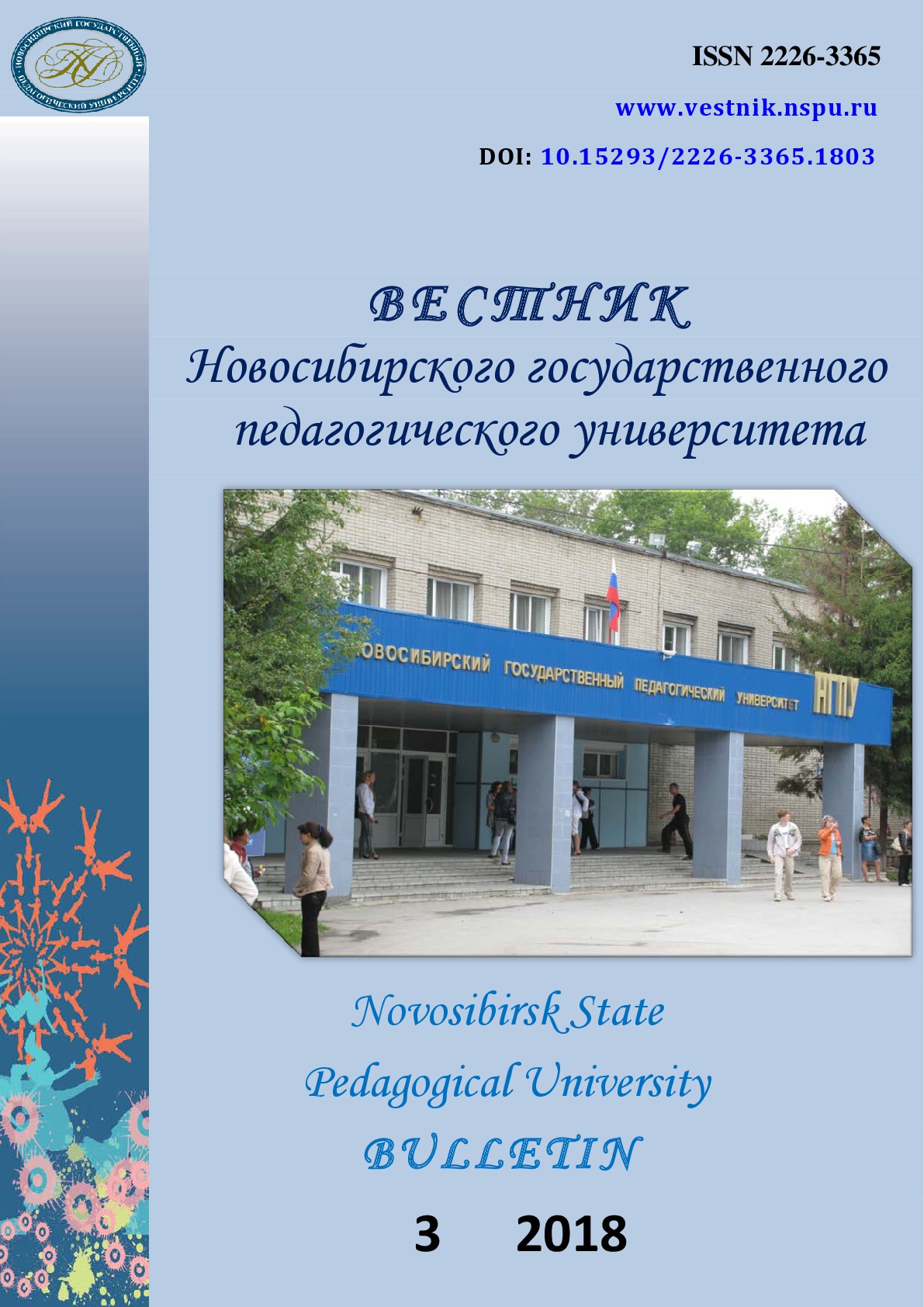Особенности психофизиологических показателей студентов с признаками дефицита внимания в условиях сочетанных умственных и физических нагрузок
Psychophysiological characteristics of students with the symptoms of attention deficit disorder under the conditions of combined mental and physical loads
Author(s): Irina Fedorovna Kharina, Ekaterina Vladimirovna Zvyagina, Evgeny Vital'evich Bykov, Olga Alexandrovna MakuninaSubject(s): Education, Psychology, Health and medicine and law, Sports Studies
Published by: Новосибирский государственный педагогический университет
Keywords: Health monitoring; Attention deficiency syndrome; Attention peculiarities; Students-sportsmen; Toulouse-Pierron test; Adaptation; Psychophysiological features;
Summary/Abstract: Introduction. Students, having signs of attention deficit differ by psychophysiological features, especially necessary in conditions of combined mental and physical activities. This article presents the research results of the psychophysiological characteristics in University of Physical Culture students with signs of attention deficit. The aim of the research is to study psychophysiological peculiarities and adaptation of University of Physical Culture students with signs of attention deficit disorder. Materials and Methods. The research was conducted using the Toulouse-Pieron test, which is one of the variants of the correction task, the general principle of which is to differentiate the stimuli, similar in form and content for a precisely defined time. Firstly, attention characteristics (concentration, stability, shifting) measured are measured, secondly, the accuracy and reliability of information processing. 154 students (I–III years) were examined. Physiological parameters were evaluated by the simple hand–eye reaction and tapping-test. Adaptation assessment was assessed by means of R. M. Bayevsky's formula. Results. It was found, that students' working speed did not correspond to age norms: the research revealed low speed in 54 students (35,06 %); 70 students (45,45 %) showed average speed. The authors identified signs of attention deficit disorder in 1st and 2nd year students (8,82 % and 9,62 % respectively). 44,16 % (68 students) showed high accuracy level. The students' psychophysiological characteristics correspond to age norms and do not have any differences, depending on attention characteristics, between students. But significant variance of psychophysiological characteristics variation coefficients can indicate different causes of students' attention deficit. Students, having signs of attention deficit experience adaptation stress. Conclusions. Some recommendations for students and teachers aimed at increasing learning outcomes are presented in the article. The research will be continued in the context of discovering reasons for attention deficit disorder and studying students' neurophysiological peculiarities under the conditions of combined mental and physical loads.
Journal: Вестник Новосибирского государственного педагогического университета
- Issue Year: 8/2018
- Issue No: 3
- Page Range: 181-197
- Page Count: 17
- Language: Russian

